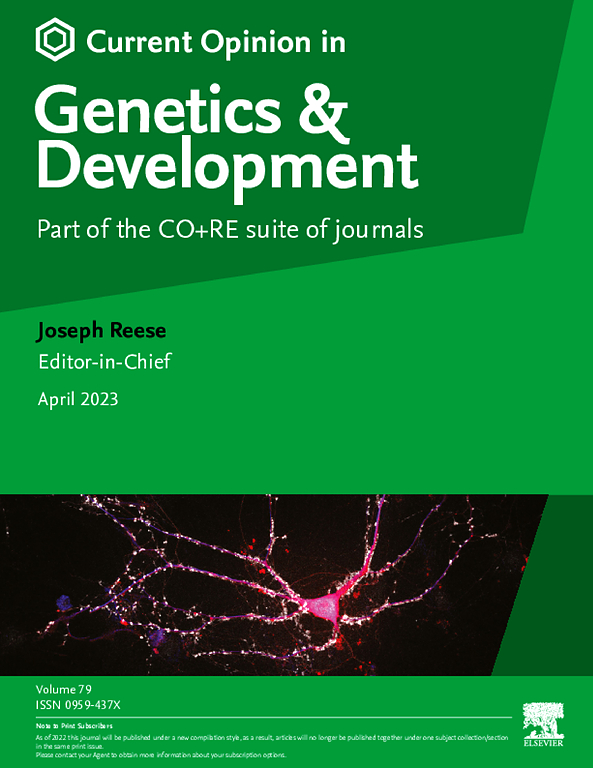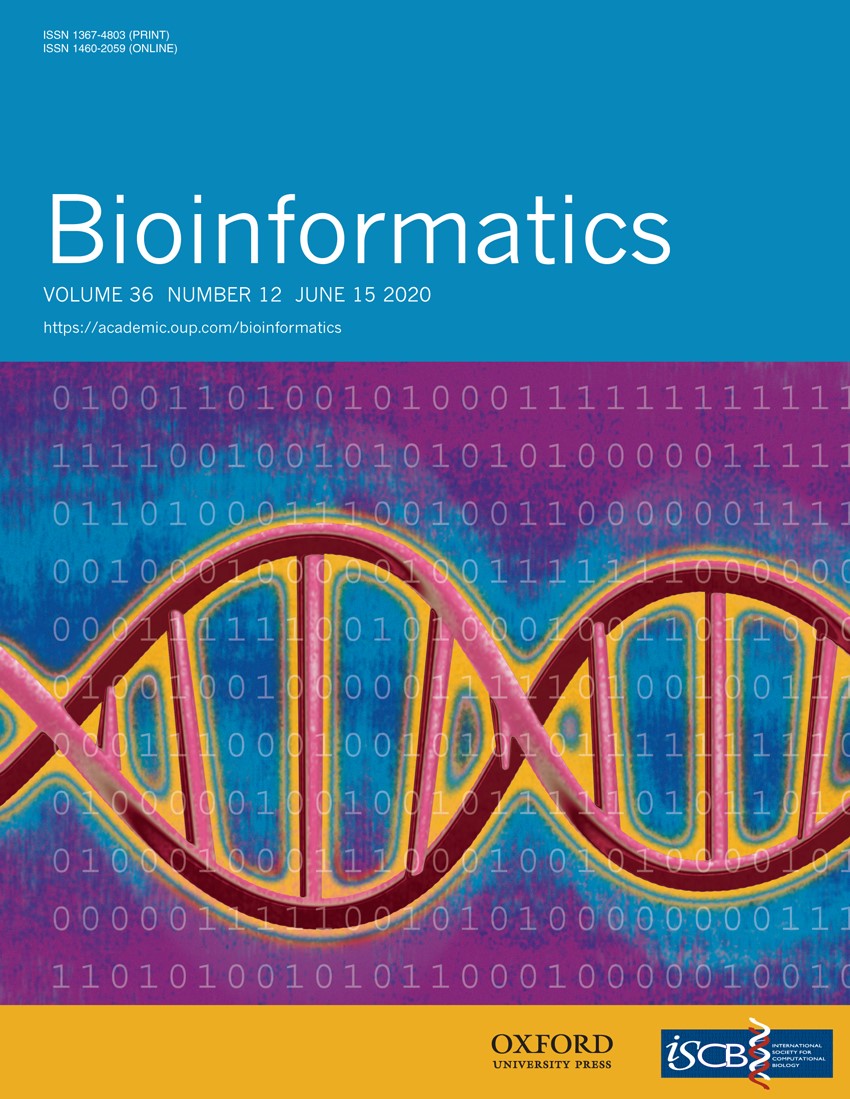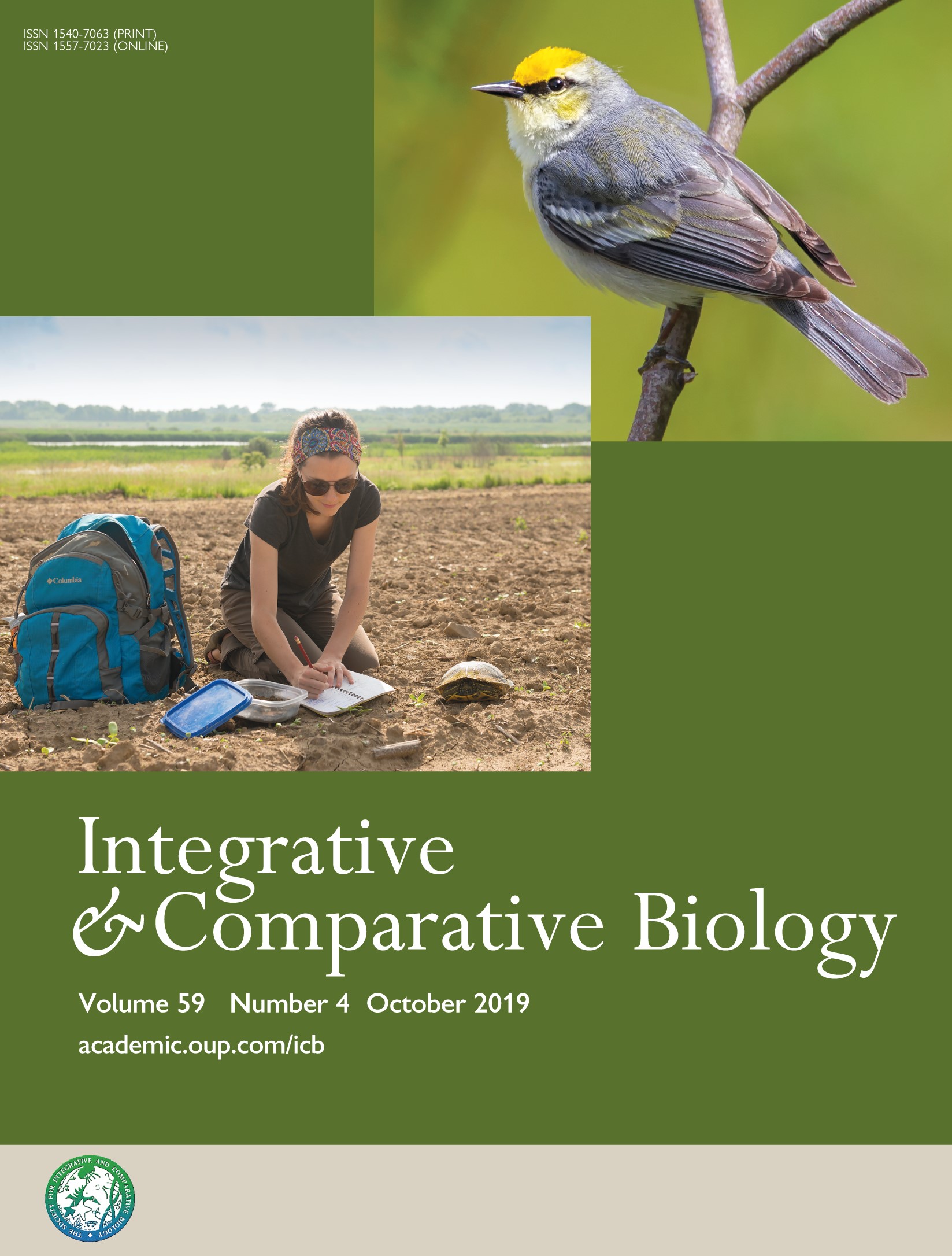Publications
More details about my publications can be found on my Google Scholar profile.
2023
-
 Multilevel Selection on Mitochondrial GenomesM. Florencia Camus, and Abhilesh S DhawanjewarCurrent Opinion in Genetics & Development, Jun 2023
Multilevel Selection on Mitochondrial GenomesM. Florencia Camus, and Abhilesh S DhawanjewarCurrent Opinion in Genetics & Development, Jun 2023Mitochondria are vital organelles for life in eukaryotes, taking centre stage in the process of cellular respiration. This process is regulated via a series of finely coordinated obligate interactions of molecules encoded by two genomes: nuclear DNA and mitochondrial DNA. Both genomes are required to work harmoniously to provide cellular energy, with detrimental consequences occurring when there is miscommunication between them. Whilst the need for cooperation is strong, vast differences between genomes (ploidy, size, and inheritance) create an arena for conflict. Here, we examine the varying levels of selection operating on the mitochondrial genome and the consequences they have on all these levels. We conclude by highlighting the potential for conflict when selection at different levels is driven by different evolutionary forces.
2022
- PhD ThesisA Tale of Two Genomes: The Complex Interplay between the Mitochondrial and the Nuclear GenomesAbhilesh S DhawanjewarThe University of Nebraska-Lincoln, Jun 2022
2020
-
 A Knowledge-Based Scoring Function to Assess Quaternary Associations of ProteinsAbhilesh S Dhawanjewar, Ankit A Roy, and Mallur S MadhusudhanBioinformatics, Jun 2020
A Knowledge-Based Scoring Function to Assess Quaternary Associations of ProteinsAbhilesh S Dhawanjewar, Ankit A Roy, and Mallur S MadhusudhanBioinformatics, Jun 2020Motivation The elucidation of all inter-protein interactions would significantly enhance our knowledge of cellular processes at a molecular level. Given the enormity of the problem, the expenses and limitations of experimental methods, it is imperative that this problem is tackled computationally. In silico predictions of protein interactions entail sampling different conformations of the purported complex and then scoring these to assess for interaction viability. In this study, we have devised a new scheme for scoring protein–protein interactions. Results Our method, PIZSA (Protein Interaction Z-Score Assessment), is a binary classification scheme for identification of native protein quaternary assemblies (binders/nonbinders) based on statistical potentials. The scoring scheme incorporates residue–residue contact preference on the interface with per residue-pair atomic contributions and accounts for clashes. PIZSA can accurately discriminate between native and non-native structural conformations from protein docking experiments and outperform other contact-based potential scoring functions. The method has been extensively benchmarked and is among the top 6 methods, outperforming 31 other statistical, physics based and machine learning scoring schemes. The PIZSA potentials can also distinguish crystallization artifacts from biological interactions. Availability and implementation PIZSA is implemented as a web server at http://cospi.iiserpune.ac.in/pizsa and can be downloaded as a standalone package from http://cospi.iiserpune.ac.in/pizsa/Download/Download.html. Supplementary information are available at Bioinformatics online.
2019
-
 Temperature-Sensitive Reproduction and the Physiological and Evolutionary Potential for Mother’s CurseKristi L Montooth, Abhilesh S Dhawanjewar, and Colin D MeiklejohnIntegrative and Comparative Biology, Jun 2019
Temperature-Sensitive Reproduction and the Physiological and Evolutionary Potential for Mother’s CurseKristi L Montooth, Abhilesh S Dhawanjewar, and Colin D MeiklejohnIntegrative and Comparative Biology, Jun 2019Strict maternal transmission of mitochondrial DNA (mtDNA) is hypothesized to permit the accumulation of mitochondrial variants that are deleterious to males but not females, a phenomenon called mother’s curse. However, direct evidence that mtDNA mutations exhibit such sexually antagonistic fitness effects is sparse. Male-specific mutational effects can occur when the physiological requirements of the mitochondria differ between the sexes. Such male-specific effects could potentially occur if sex-specific cell types or tissues have energy requirements that are differentially impacted by mutations affecting energy metabolism. Here we summarize findings from a model mitochondrial-nuclear incompatibility in the fruit fly Drosophila that demonstrates sex-biased effects, but with deleterious effects that are generally larger in females. We present new results showing that the mitochondrial-nuclear incompatibility does negatively affect male fertility, but only when males are developed at high temperatures. The temperature-dependent male sterility can be partially rescued by diet, suggesting an energetic basis. Finally, we discuss fruitful paths forward in understanding the physiological scope for sex-specific effects of mitochondrial mutations in the context of the recent discovery that many aspects of metabolism are sexually dimorphic and downstream of sex-determination pathways in Drosophila. A key parameter of these models that remains to be quantified is the fraction of mitochondrial mutations with truly male-limited fitness effects across extrinsic and intrinsic environments. Given the energy demands of reproduction in females, only a small fraction of the mitochondrial mutational spectrum may have the potential to contribute to mother’s curse in natural populations.
-
 UNVEILing Connections between Genotype, Phenotype, and Fitness in Natural PopulationsMolecular Ecology, Jun 2019
UNVEILing Connections between Genotype, Phenotype, and Fitness in Natural PopulationsMolecular Ecology, Jun 2019Understanding the links between genetic variation and fitness in natural populations is a central goal of evolutionary genetics. This monumental task spans the fields of classical and molecular genetics, population genetics, biochemistry, physiology, developmental biology, and ecology. Advances to our molecular and developmental toolkits are facilitating integrative approaches across these traditionally separate fields, providing a more complete picture of the genotype-phenotype map in natural and non-model systems. Here, we summarize research presented at the first annual symposium of the UNVEIL Network, an NSF-funded collaboration between the University of Montana and the University of Nebraska, Lincoln, which took place from the 1st to the 3rd of June, 2018. We discuss how this body of work advances basic evolutionary science, what it implies for our ability to predict evolutionary change, and how it might inform novel conservation strategies.
-
 Protein Interaction Z Score Assessment (PIZSA): An Empirical Scoring Scheme for Evaluation of Protein–Protein InteractionsNucleic Acids Research, Jul 2019
Protein Interaction Z Score Assessment (PIZSA): An Empirical Scoring Scheme for Evaluation of Protein–Protein InteractionsNucleic Acids Research, Jul 2019Our web server, PIZSA (http://cospi.iiserpune.ac.in/pizsa), assesses the likelihood of protein–protein interactions by assigning a Z Score computed from interface residue contacts. Our score takes into account the optimal number of atoms that mediate the interaction between pairs of residues and whether these contacts emanate from the main chain or side chain. We tested the score on 174 native interactions for which 100 decoys each were constructed using ZDOCK. The native structure scored better than any of the decoys in 146 cases and was able to rank within the 95th percentile in 162 cases. This easily outperforms a competing method, CIPS. We also benchmarked our scoring scheme on 15 targets from the CAPRI dataset and found that our method had results comparable to that of CIPS. Further, our method is able to analyse higher order protein complexes without the need to explicitly identify chains as receptors or ligands. The PIZSA server is easy to use and could be used to score any input three-dimensional structure and provide a residue pair-wise break up of the results. Attractively, our server offers a platform for users to upload their own potentials and could serve as an ideal testing ground for this class of scoring schemes.
2015
- MS ThesisStatistical Potentials for Prediction of Protein-Protein InteractionsAbhilesh S DhawanjewarIndian Institute of Science Education and Research, Pune, Jul 2015
Protein-Protein Interactions are critical to life, playing crucial roles in a variety of cellular processes. Hence, prediction of protein-protein interactions would help in gaining insights into cellular processes so that we may be able to manipulate and control it. In this study, we have developed knowledge-based pairwise statistical potentials based on experimentally derived structures for the prediction of protein-protein complexes. Structures of protein dimers in the Protein Data Bank (PDB) were used for the construction of the statistical potentials. A total of 96 different pairwise potentials were constructed for different values of five parameters: distance threshold for interactions, interacting atom types, weight type, weighting scheme and reference state. The performance of these potentials was benchmarked using Receiver Operating Characteristics (ROC) curves and Rank-Ordering. The side chain-side chain pairwise potentials were the best performers keeping all other parameters constant. The best performing pairwise potential could discriminate native structures from a sequence-randomized background in a benchmark set of 296 structures with a false positive rate of 1.4% and a true positive rate of 98.6%. This result is an improvement over the MODTIE potential which had a false positive rate of 28.5% and a true positive rate of 71.5%. The pairwise potentials are also complementary to each other, in the sense that they are efficient on different subsets of the benchmark set. Hence, a combination of the different potentials could result in better prediction accuracy. An attempt towards the development of a 5-body potential based on the pairwise potential was also initiated. Two different versions, an unweighted and a weighted potential were developed. The weighted multi-body potentials performed better than the unweighted potential. These multi-body potentials will be further refined, which is a work in progress. This prediction system will be bundled into a web server in the near future.